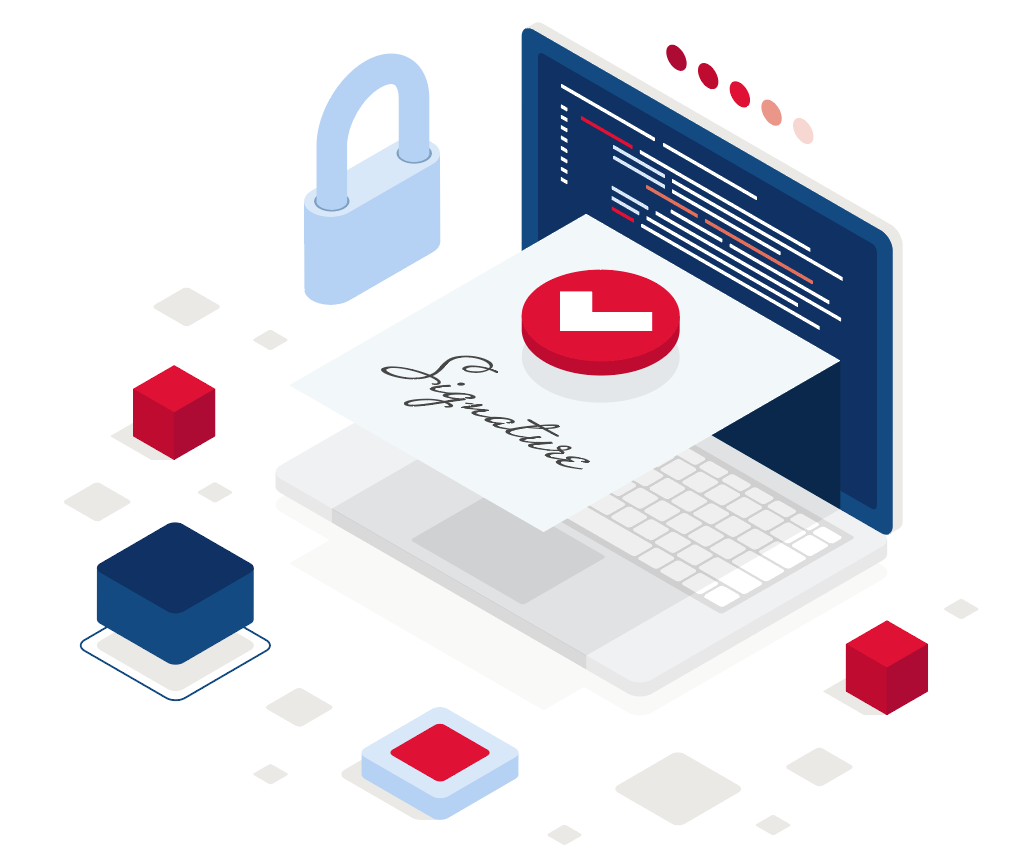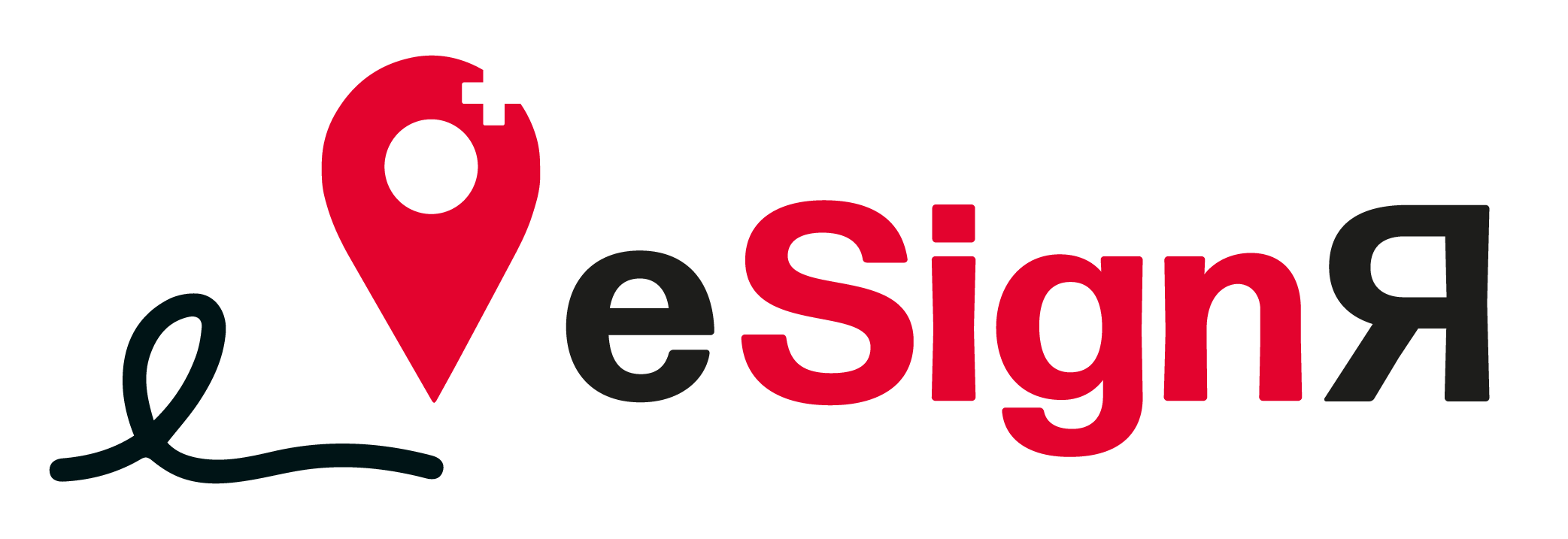
24 May SES, AES or QES? – What are the differences between the digital signature types?
In the field of digital signatures, a distinction is often made between three signature types:
- Simple electronic signature (SES)
- Advanced electronic signature (AES)
- Qualified electronic signature (QES)
Simple electronic signature: The SES is not relevant because it is not regulated at all by the relevant signature laws. It has no legal effect.
Advanced electronic signature: For the advanced electronic signature, a weak identification of the holder is sufficient. Here, confirmation of an e-mail address and a valid mobile phone number is typically sufficient. However, this does not guarantee the identity of the holder. The AES signature is also not regulated in Swiss law.
Qualified electronic signature: It is the digital equivalent of the hand signature. The QES requires identification of the holder with an official ID. The identity of the holder is thus guaranteed. Thus, the QES has the maximum probative value for digital processes and is therefore equated with the hand signature by law (ZertES and eIDAS).
Expert opinion of David Vogel, Senior Software Engineer Glue Software Engineering AG: «Since the advantages of QES clearly outweigh the disadvantages, the decision to offer AES in addition to QES for eSignR was made very quickly. Our focus is to offer a 100% secure and legally compliant solution for our customers. We don’t want eSignR users to have to think about which signature type is necessary every time before signing. With eSignR, private individuals as well as companies are always on the safe side.»
So which is the best signature type? The decision as to whether SES, AES or QES is the right choice is ultimately made by law or by internal company guidelines. For us, however, the “QES signature” is and remains the clear winner.

